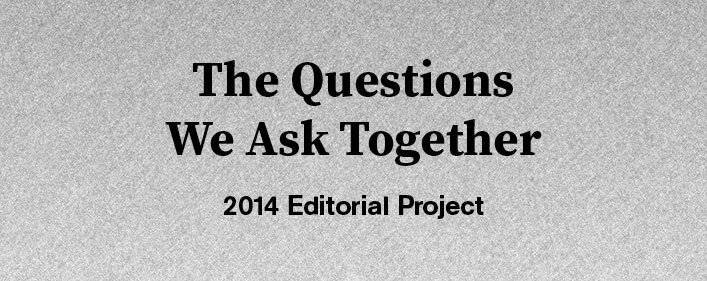How can we address the culture of competition within art and social practice?
“How can we address the culture of competition within art and social practice?” seems to me to be an important and multifaceted inquiry, albeit one that I have never given much dedicated brain bandwidth to until now. In thinking about the source and reasoning behind this question, I come up with yet more questions. Was the original inquiry referencing the culture of competition driven by the art market specifically or our capitalist society generally? Was it referencing competition within the socially engaged art world and/or the greater art world? Are we competing as socially engaged artists against other sub-genres of art for space within the greater art world? Are we competing with each other, and to what end? Social capital? Resources? Success (whatever subjective definition(s) one might have of that)?
Over the course of the last few weeks I have found it useful to consider the rephrased question of “Is socially engaged art the place within art discourse to address the culture of competition in the art world, and by extension the world at large? And if so, why?”
In my experience, socially engaged art often purports to be critical of market or capital driven competition and/or frames itself as a conciliatory space untouched by such silly endeavours. In the past it has claimed to do so through the de-materialization or absence of an “art object,” ostensibly distancing it from the art market. But truth be told, while a socially engaged art practice might not be as easy to commodify off into bite-sized pieces in the way that more traditional art practices might be (which tends to put such artists into direct one-on-one competition for consumers of their works) it is still implicated in such market manoeuvres. It still often depends on the art world in general for its context, content, participants, resources, funding, and venues. That said, it still often is able to hold space in a more open way that allows for such critical dialogues to happen due to its generally more socially conscious intentions and diversity of formats and structures.
Leading us to consider how might it acknowledge its own implications in such things in a critical yet productive manner?
Rather than a straight critique of something, might socially engaged art, due to its ambiguous and amorphous nature, be able to be critical at the same time as being imaginatively open (to give props to both Hannah and Sal’s earlier blog posts) to new possibilities––suggestions of productive alternatives.
Which brings us to then consider, is there a healthy place for competition within this artistic field––in the approach to and the content of the work?
To fall into the etymology troupe of essay writing 101, I think it important to consider that the origin of the word compete has late latin ties back to intentions “to strive together,” “to strive in common,” and “to come together.” Within these definitions are notions of joining together with consent to be active in a space of commonality. While this doesn’t speak of a peacemaking of conciliatory action, it references the idea of accountability. We do not have to come together in a benign merrymaking and agreement, but perhaps we can agree and accept that we are all in this shared space together, and as such we are accountable to one another.
Instead of thinking of competition as a pitting against each other, perhaps we can think of it as a creating and holding of space together for a multitude of individual and collective gestures that have each other to reflect upon, reference, and build off of, for the creation of a richer and stronger multi-centred field.
About the contributor: Kerri-Lynn Reeves is an interdisciplinary artist and curator from Winnipeg, Manitoba. She holds a Bachelor of Fine Arts – Honours degree from the University of Manitoba and is currently a Master of Fine Arts candidate at Concordia University. She has received awards from the Winnipeg Arts Council, the Manitoba Arts Council, and the Canada Council for the Arts, and participated in residencies at the Banff Centre for the Arts, the Deep Bay Cabin in Riding Mountain National Park, and Mildred’s Lane. At the heart of it, her work explores the relationship of the social and the material.
